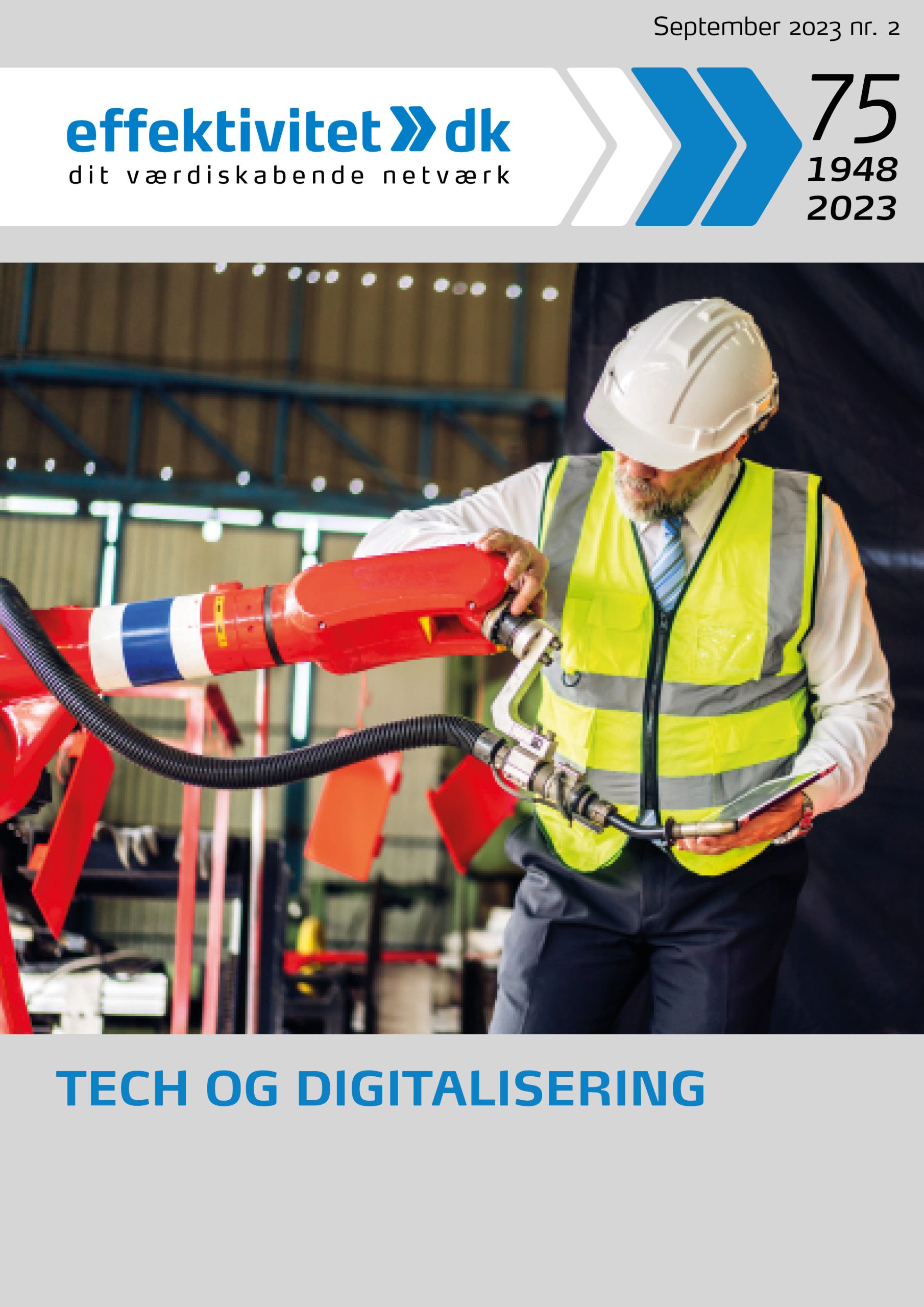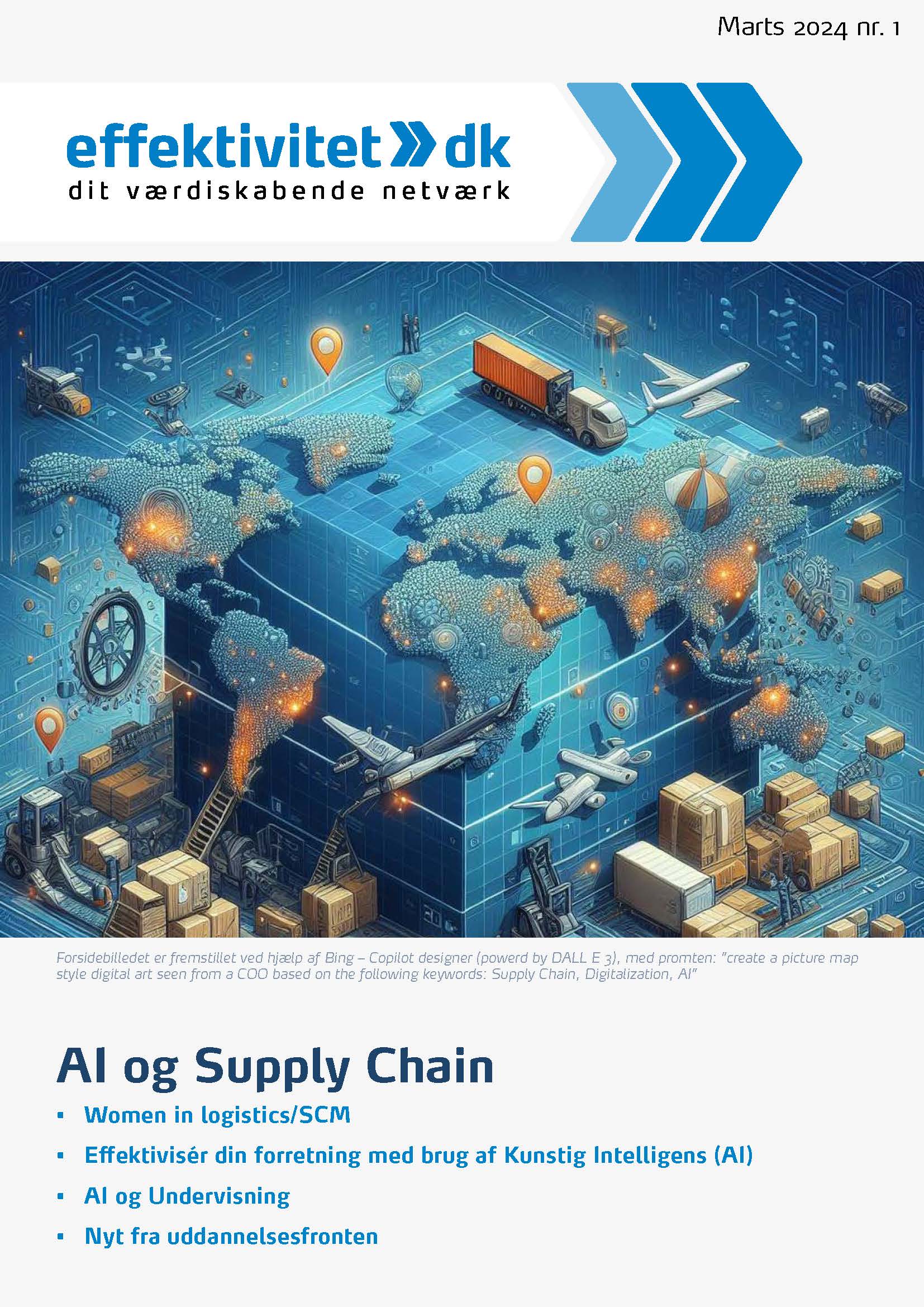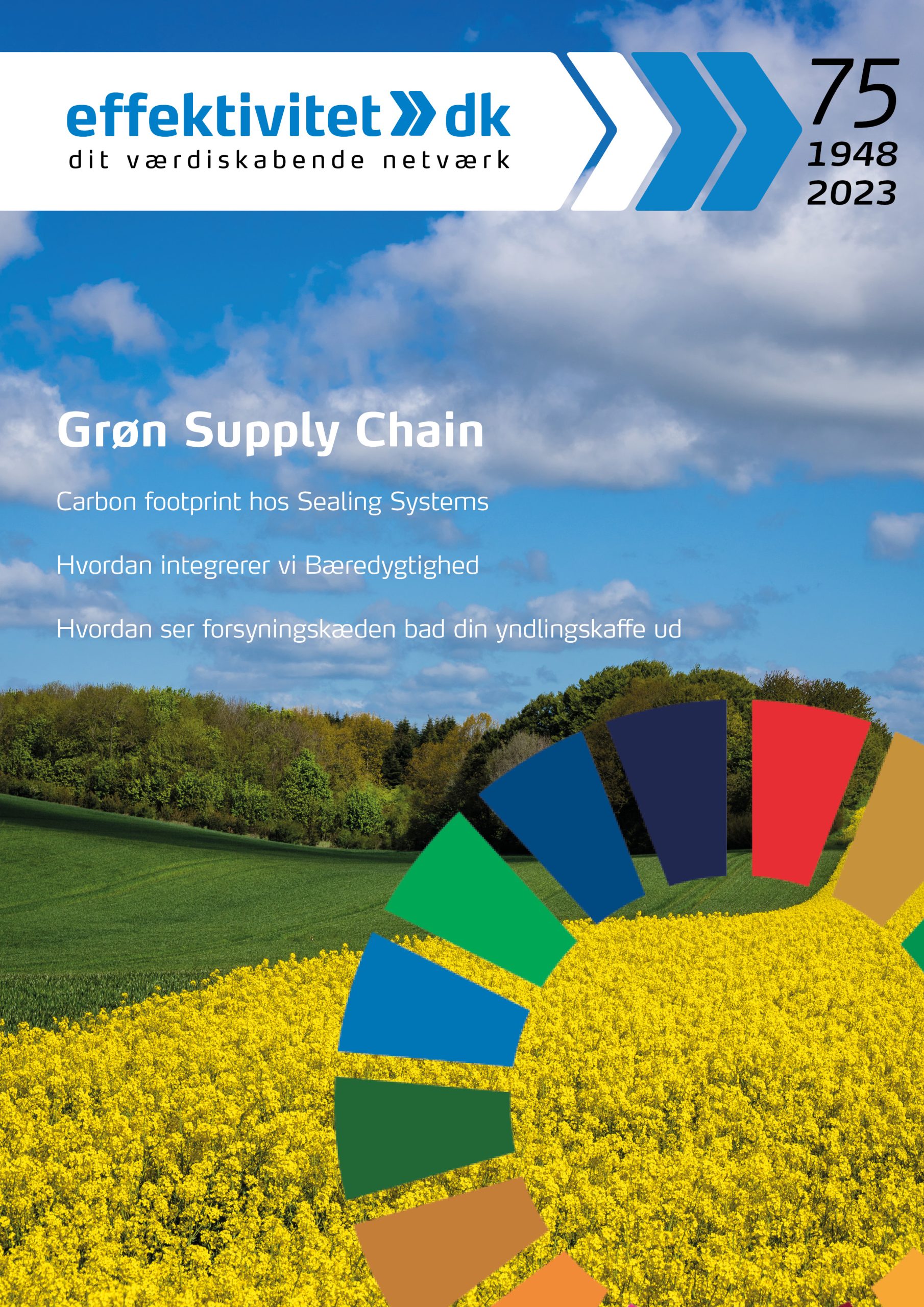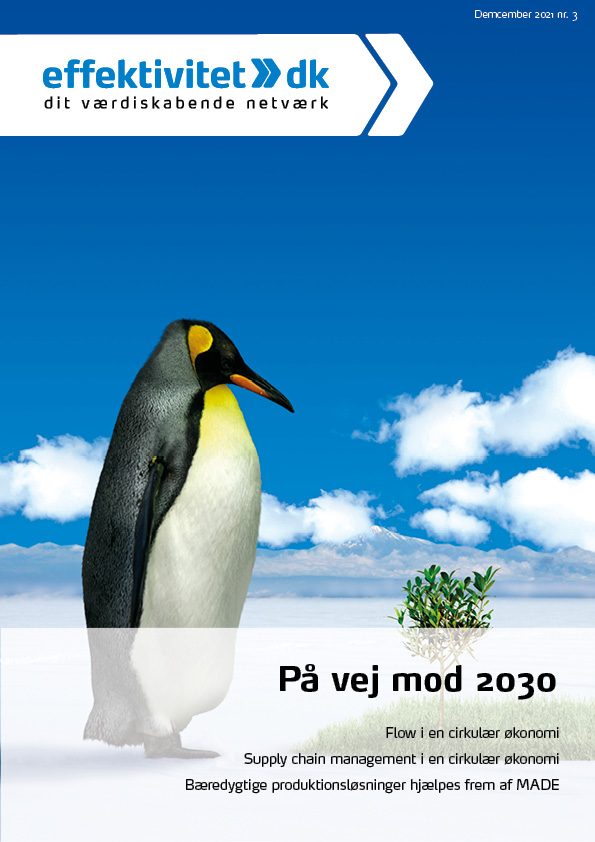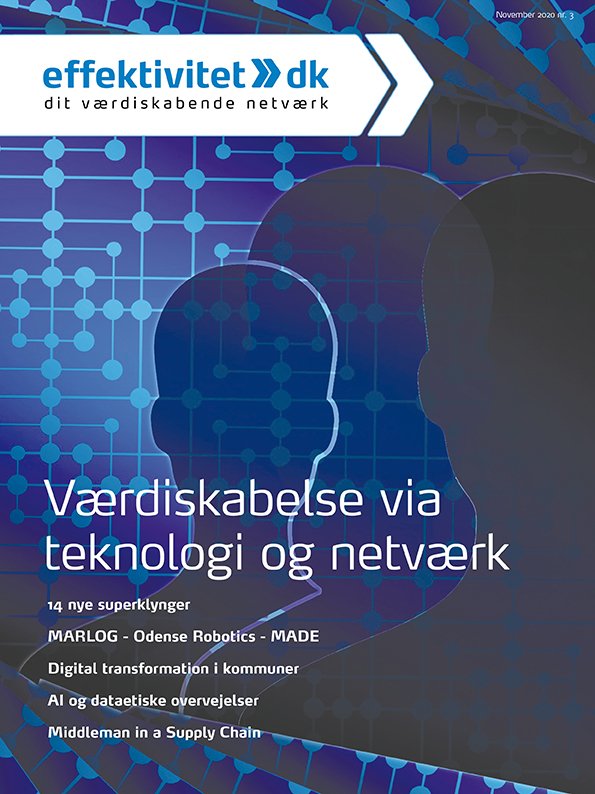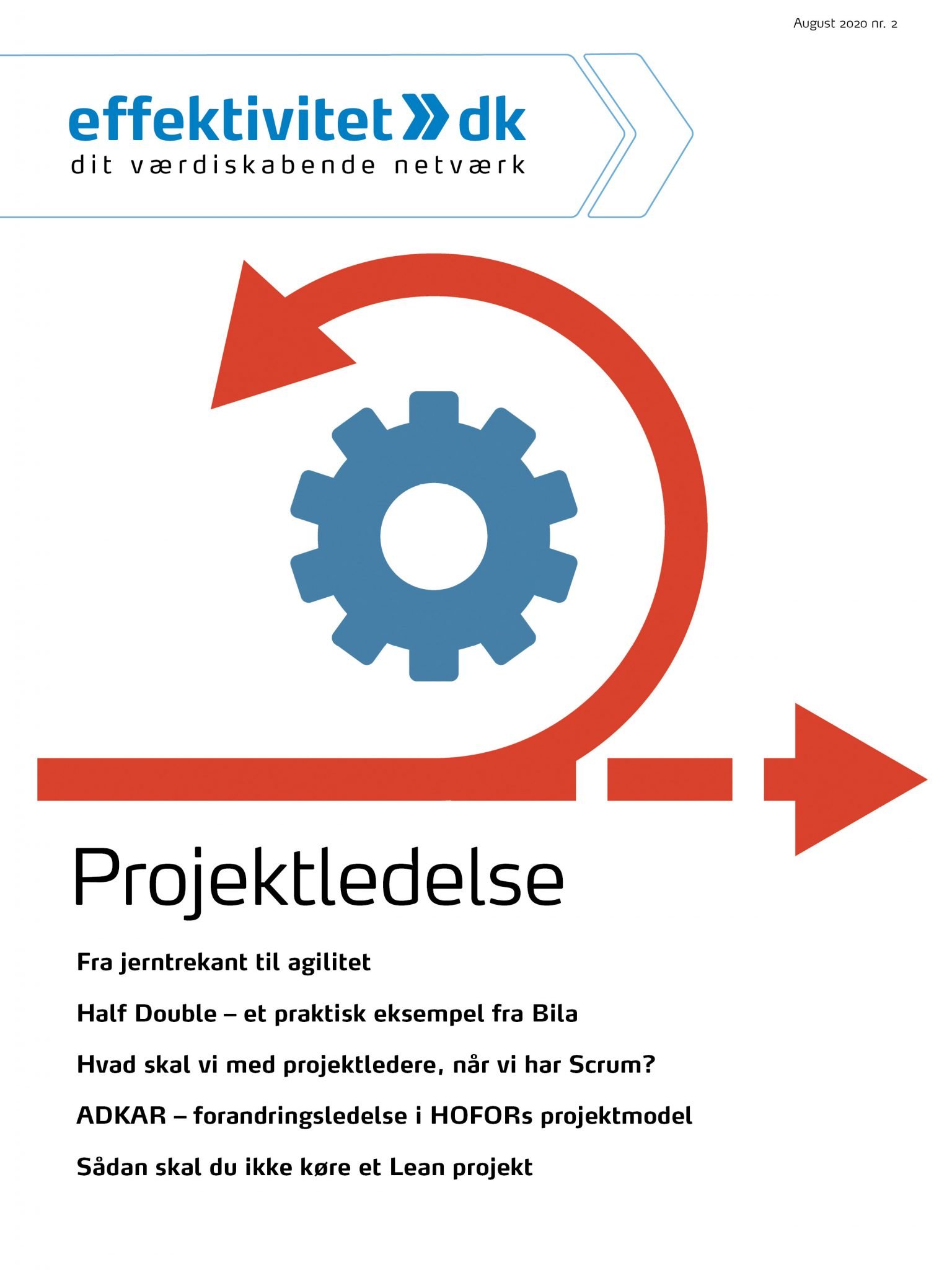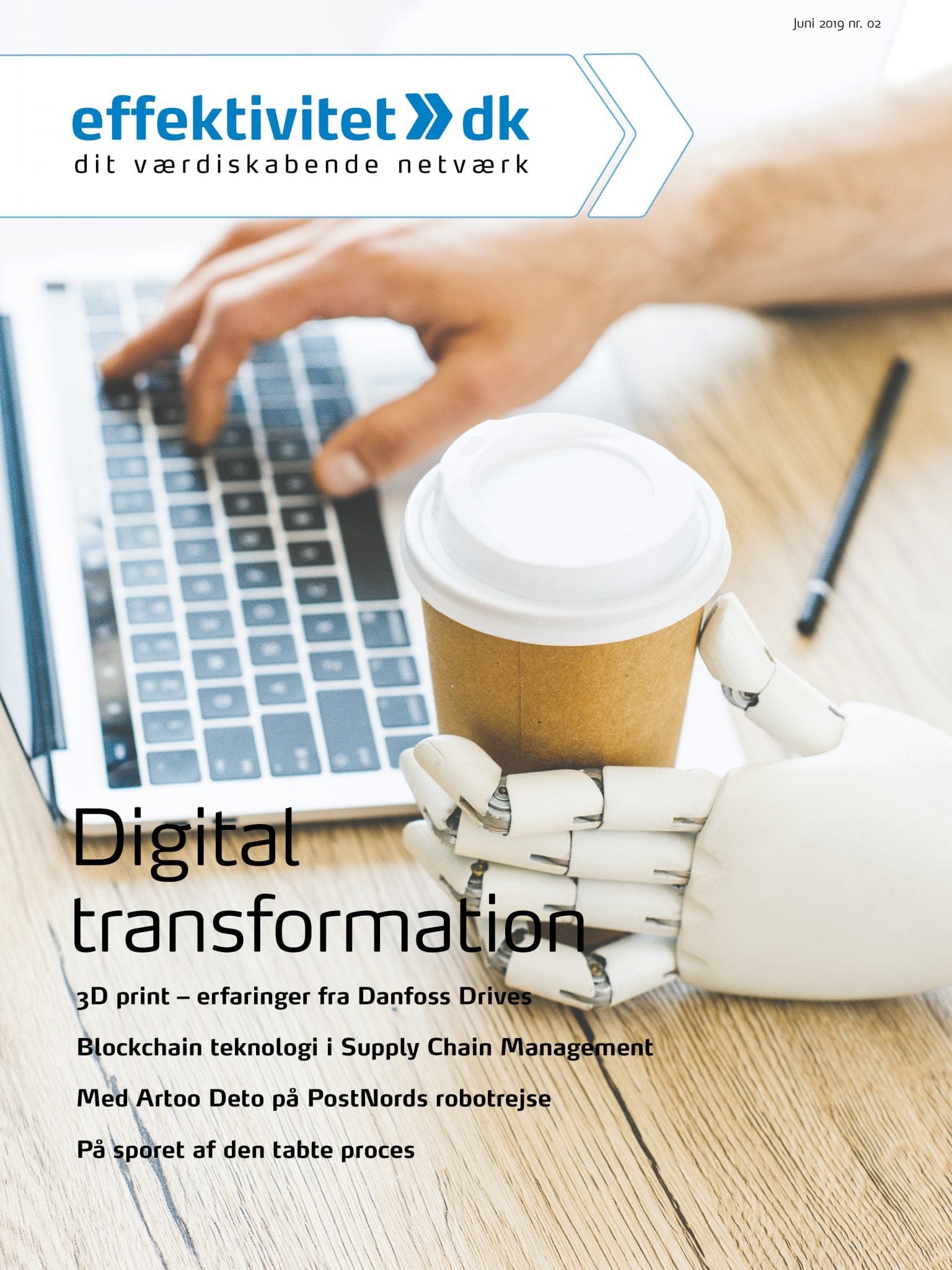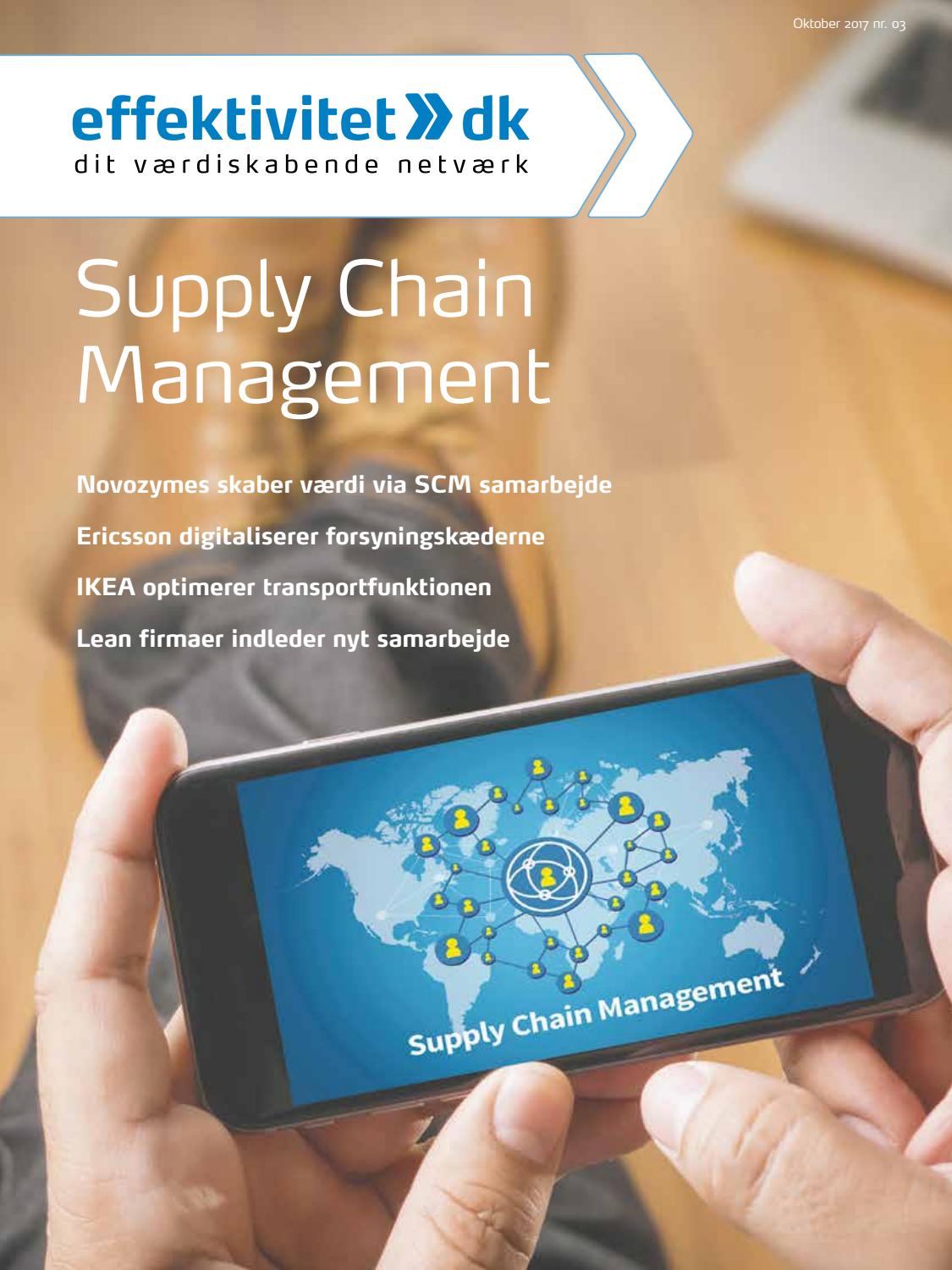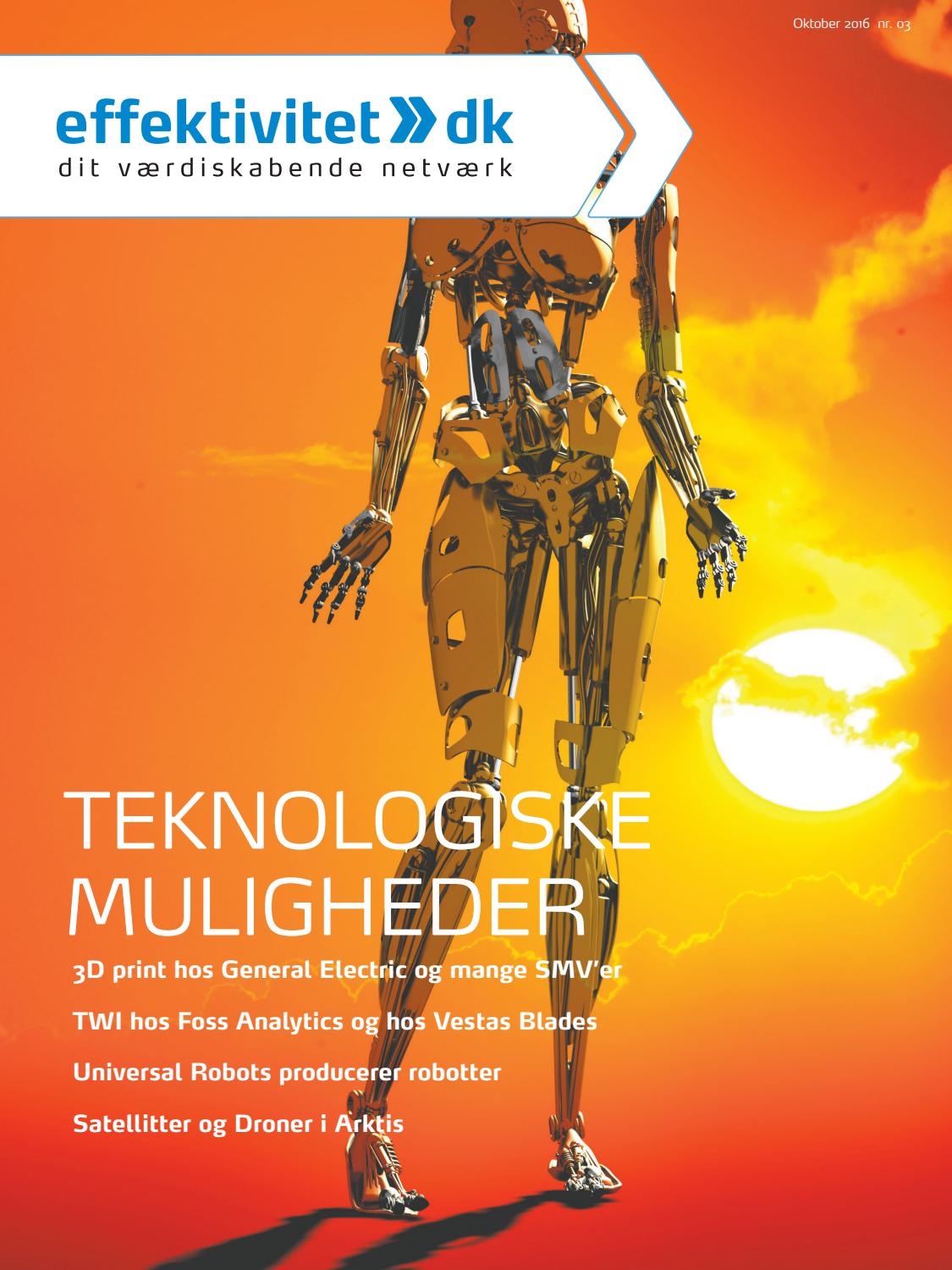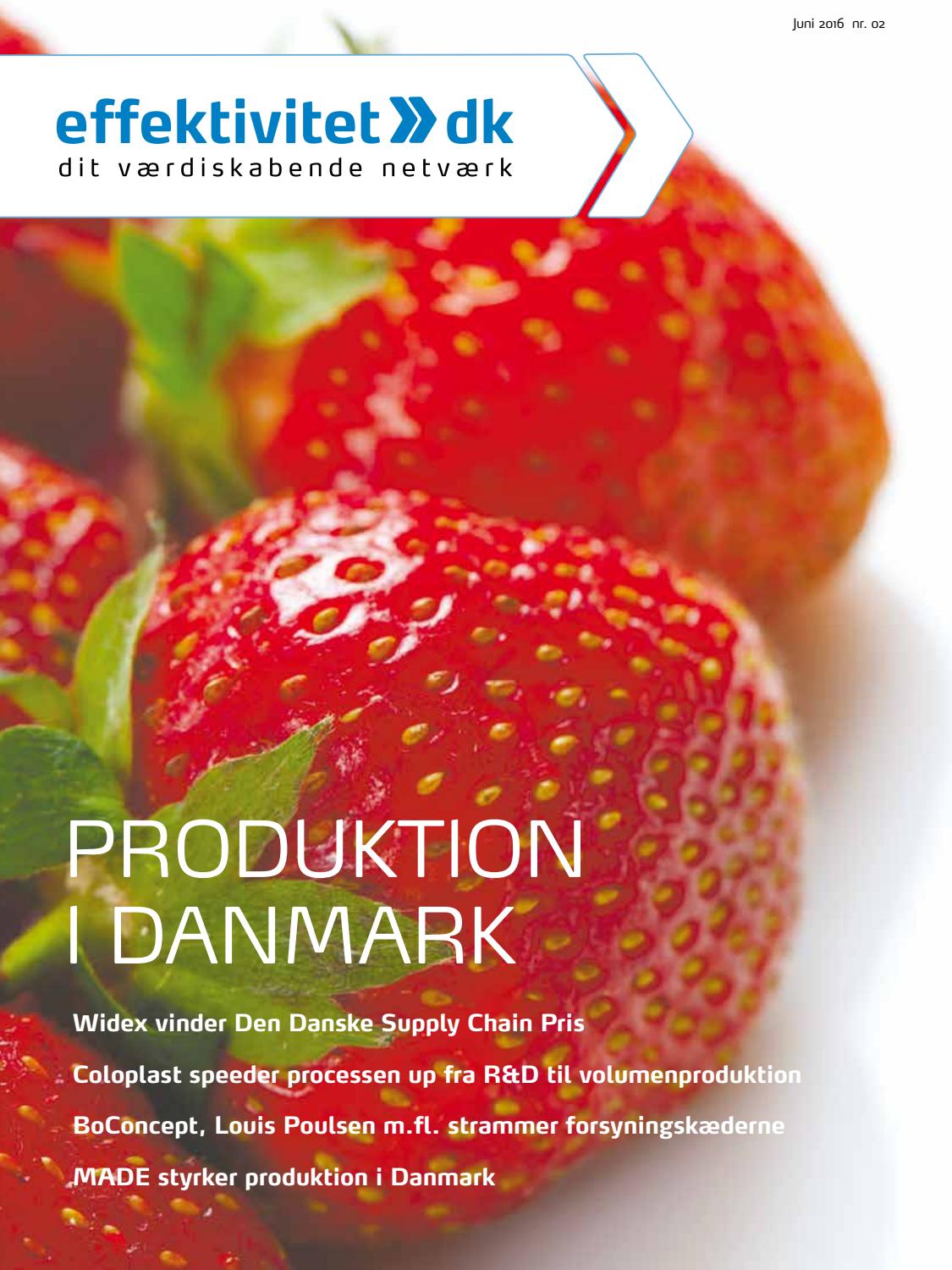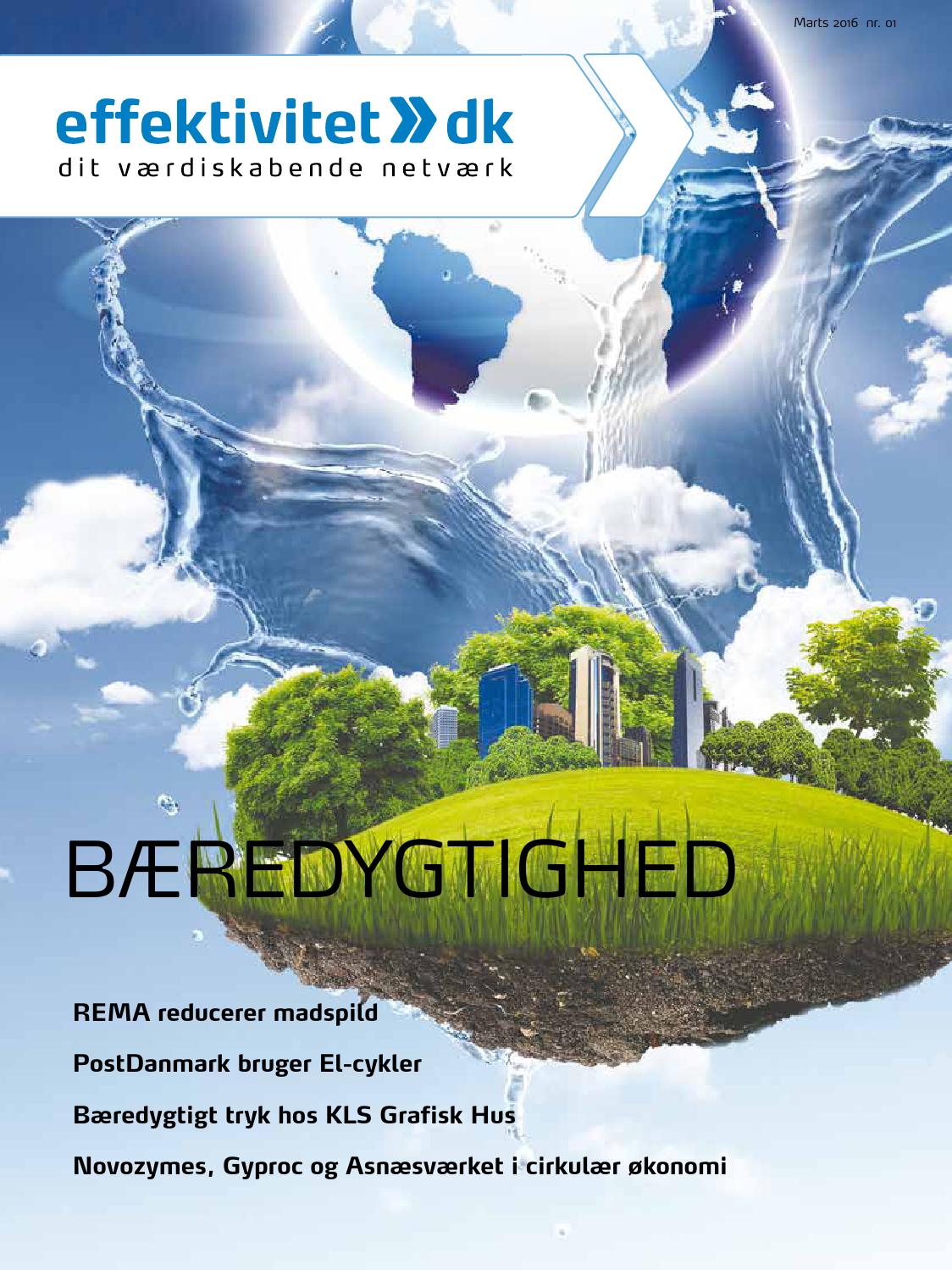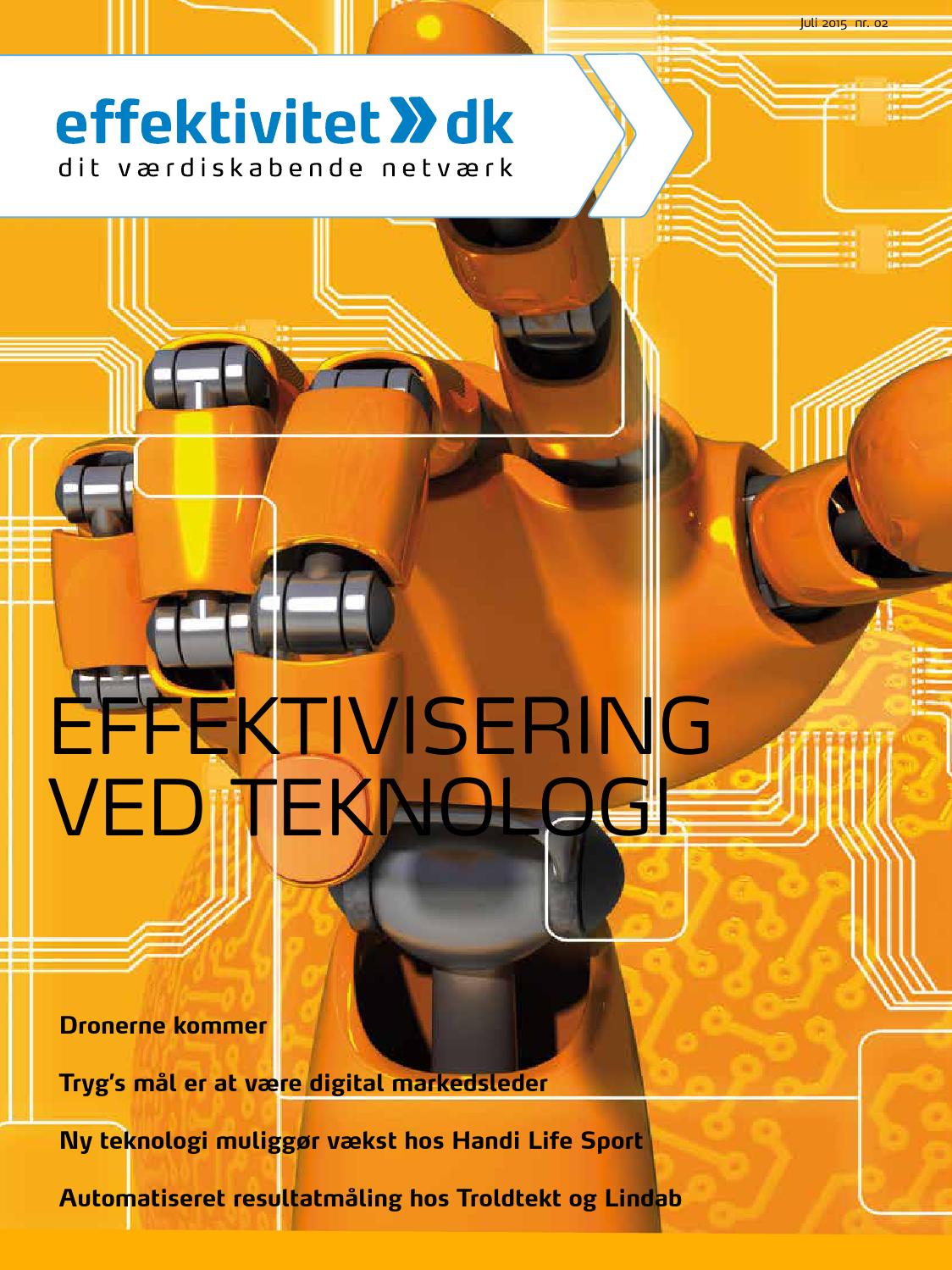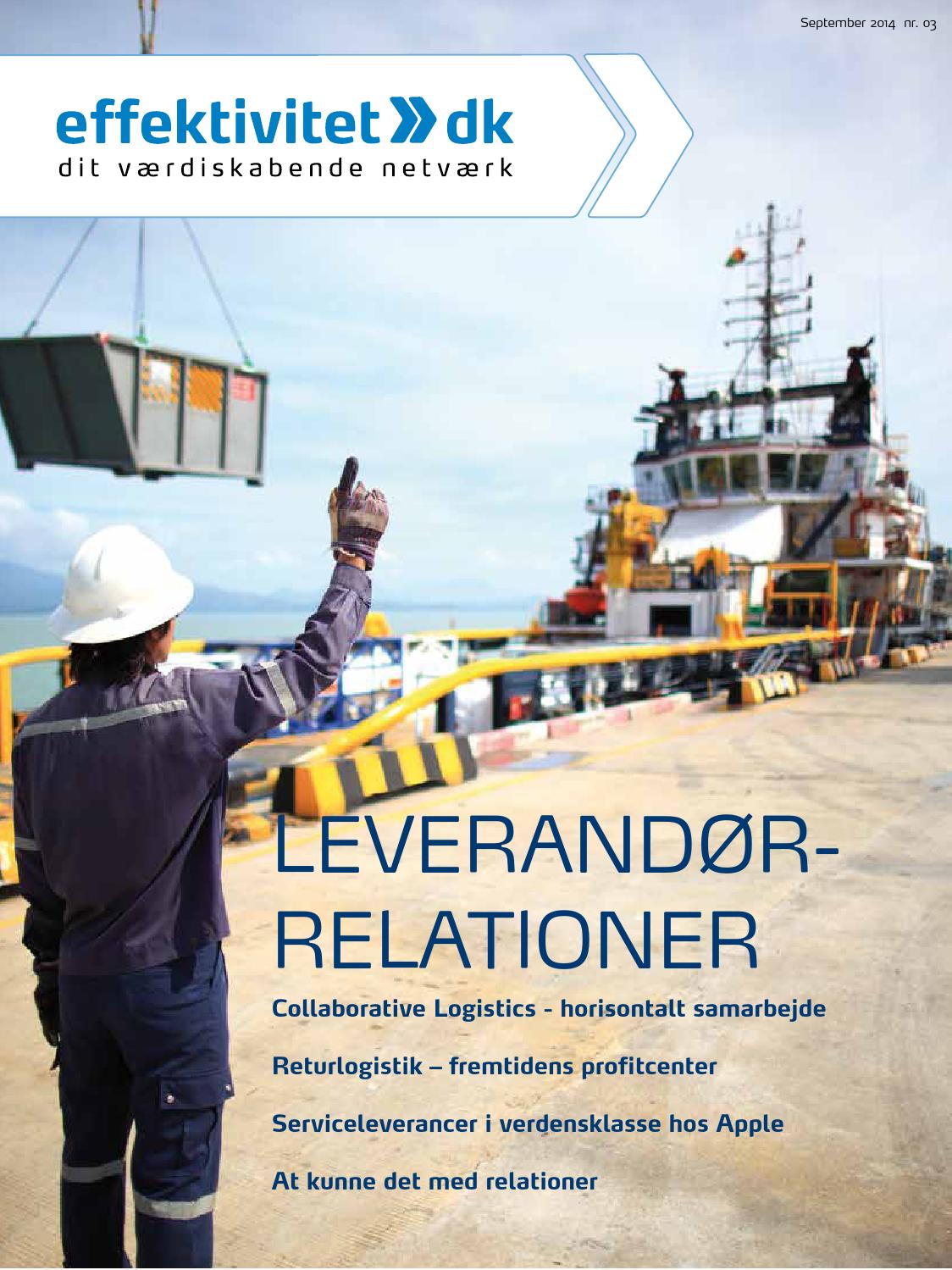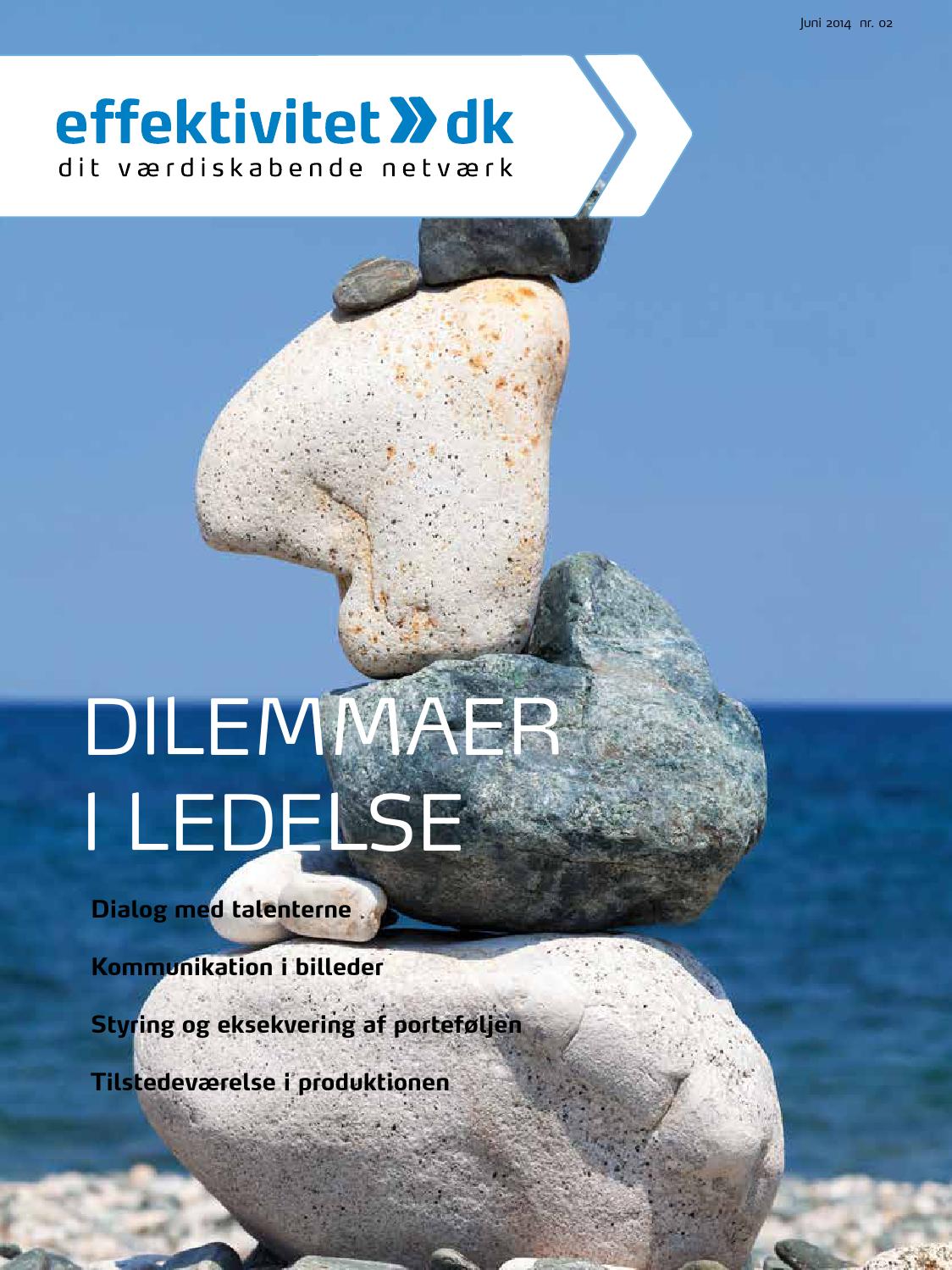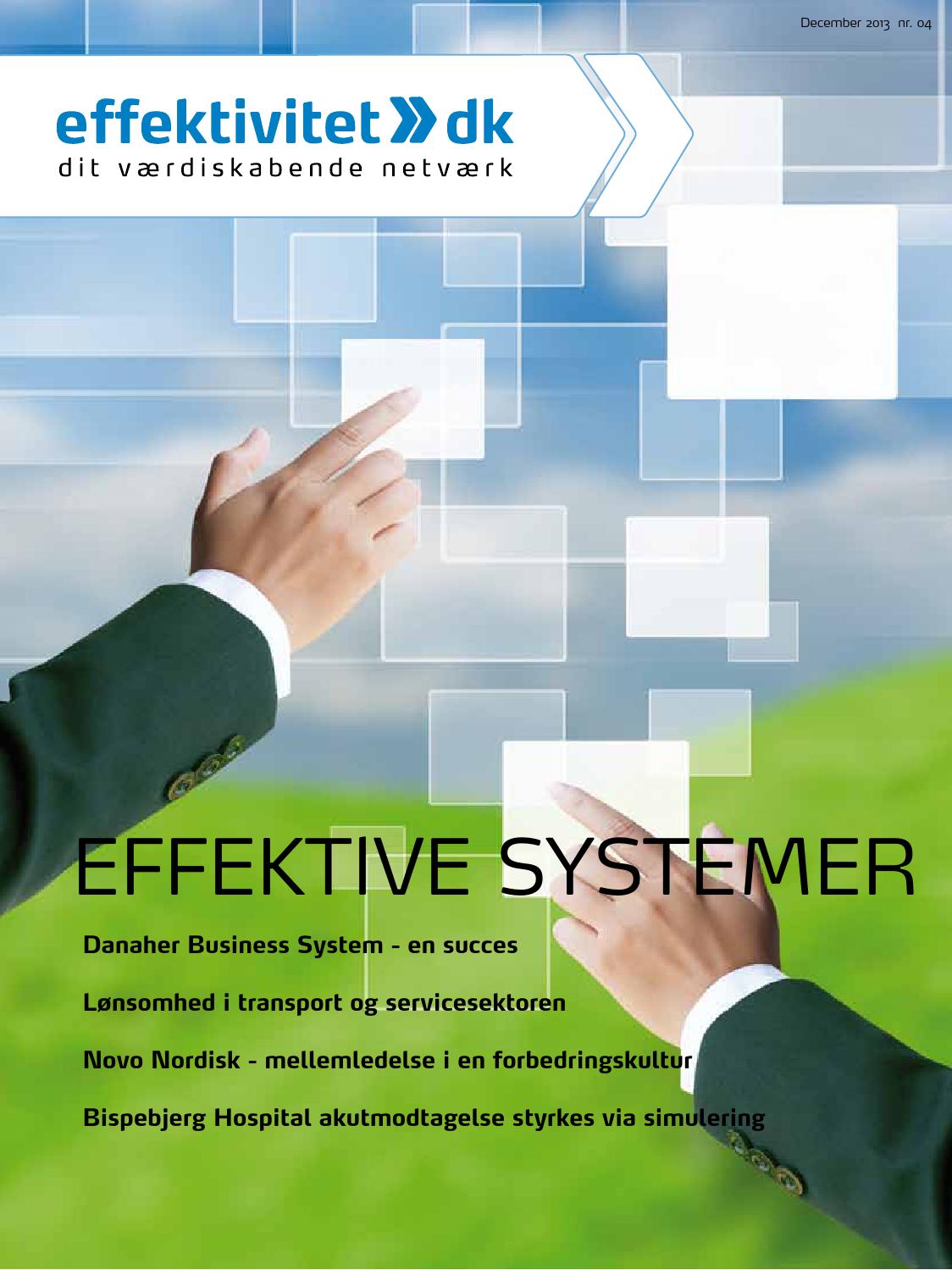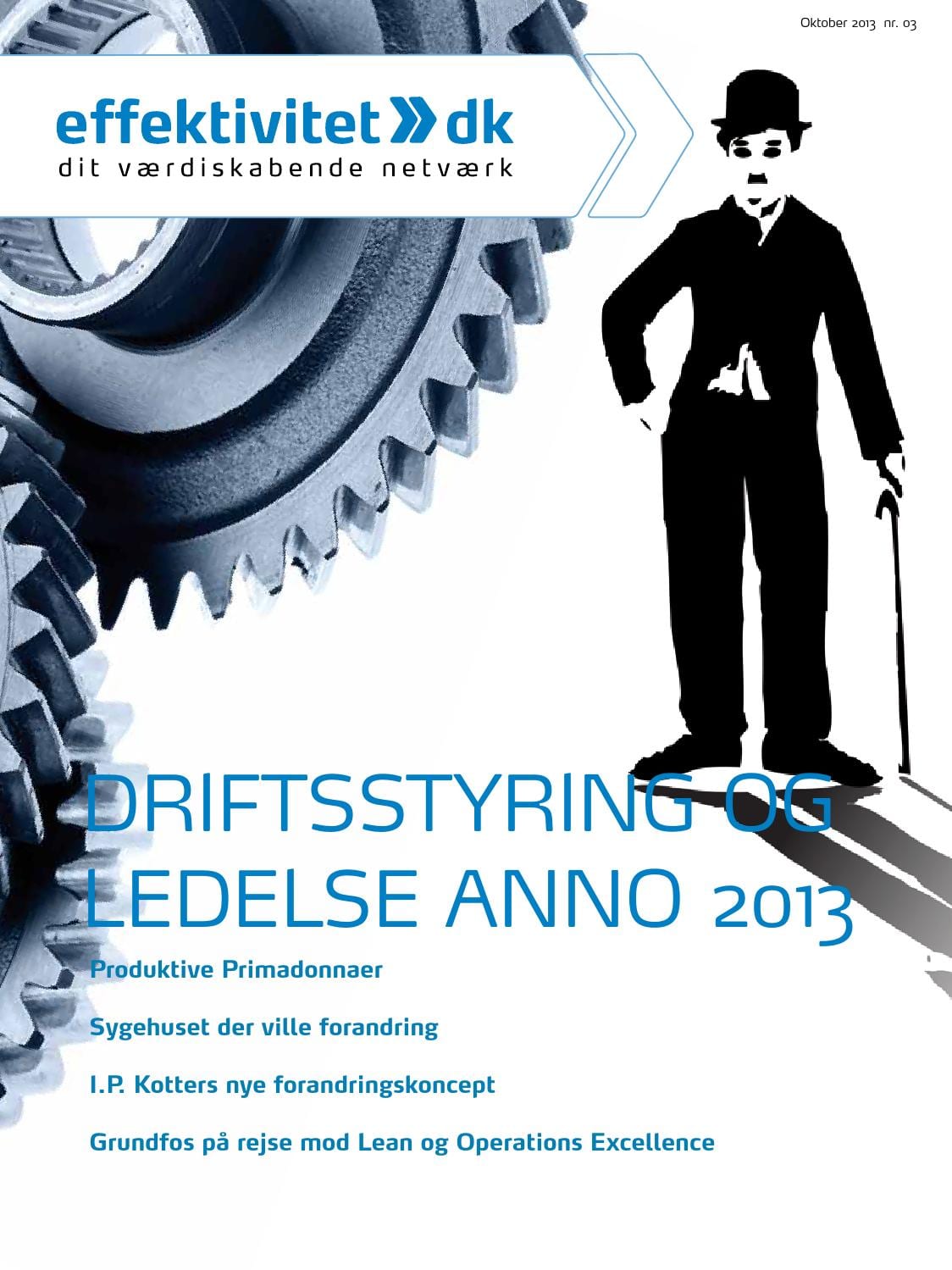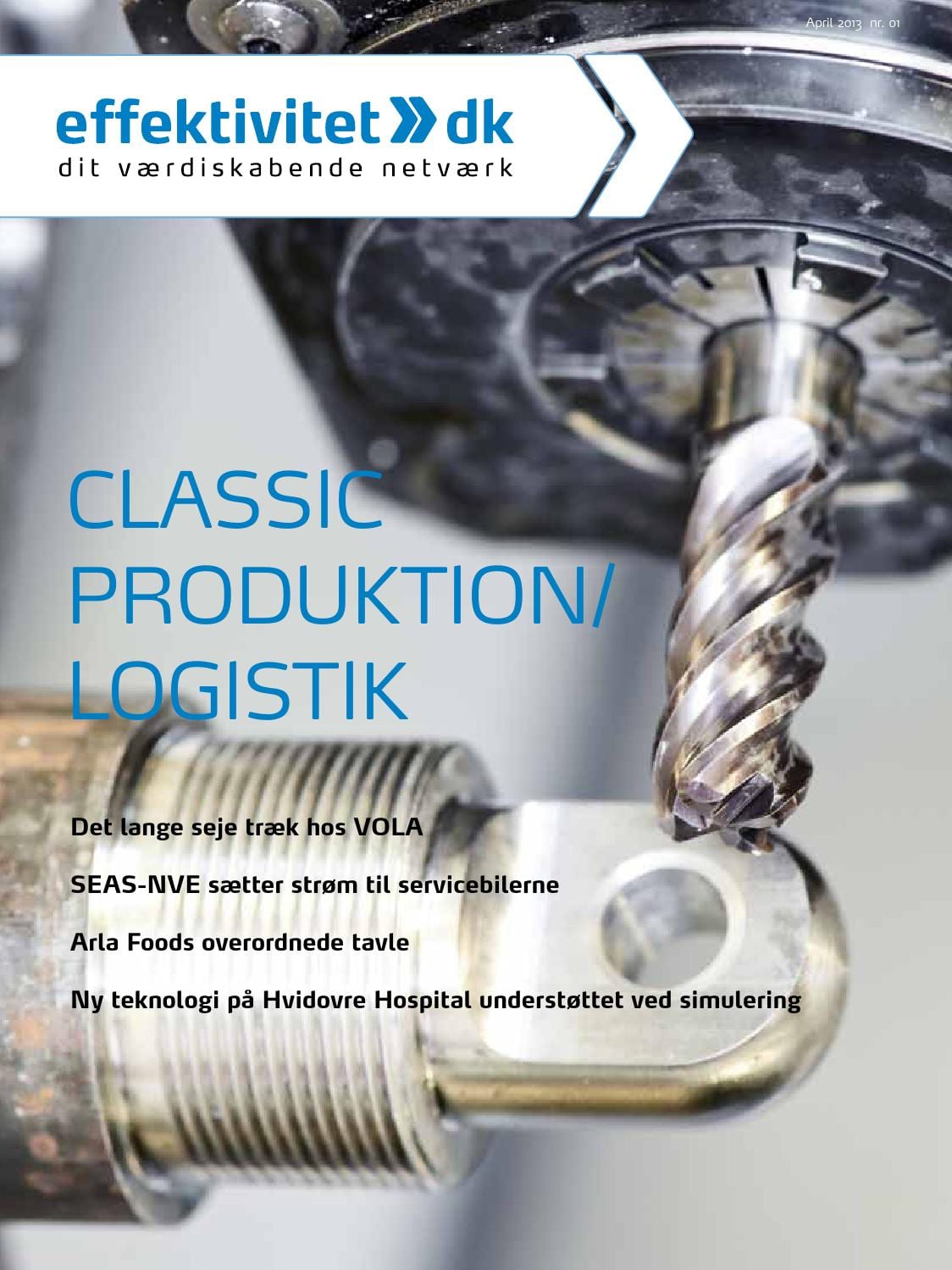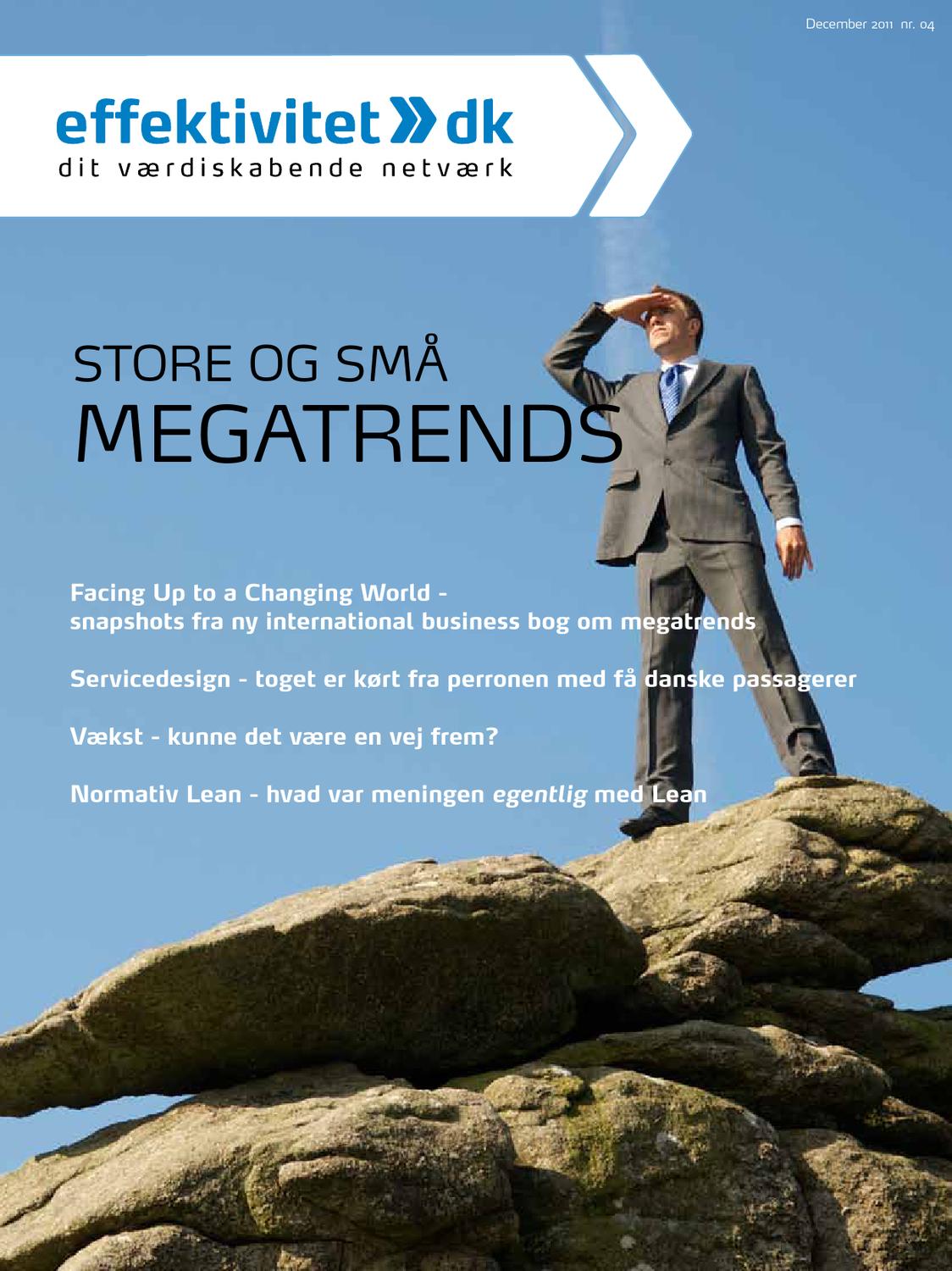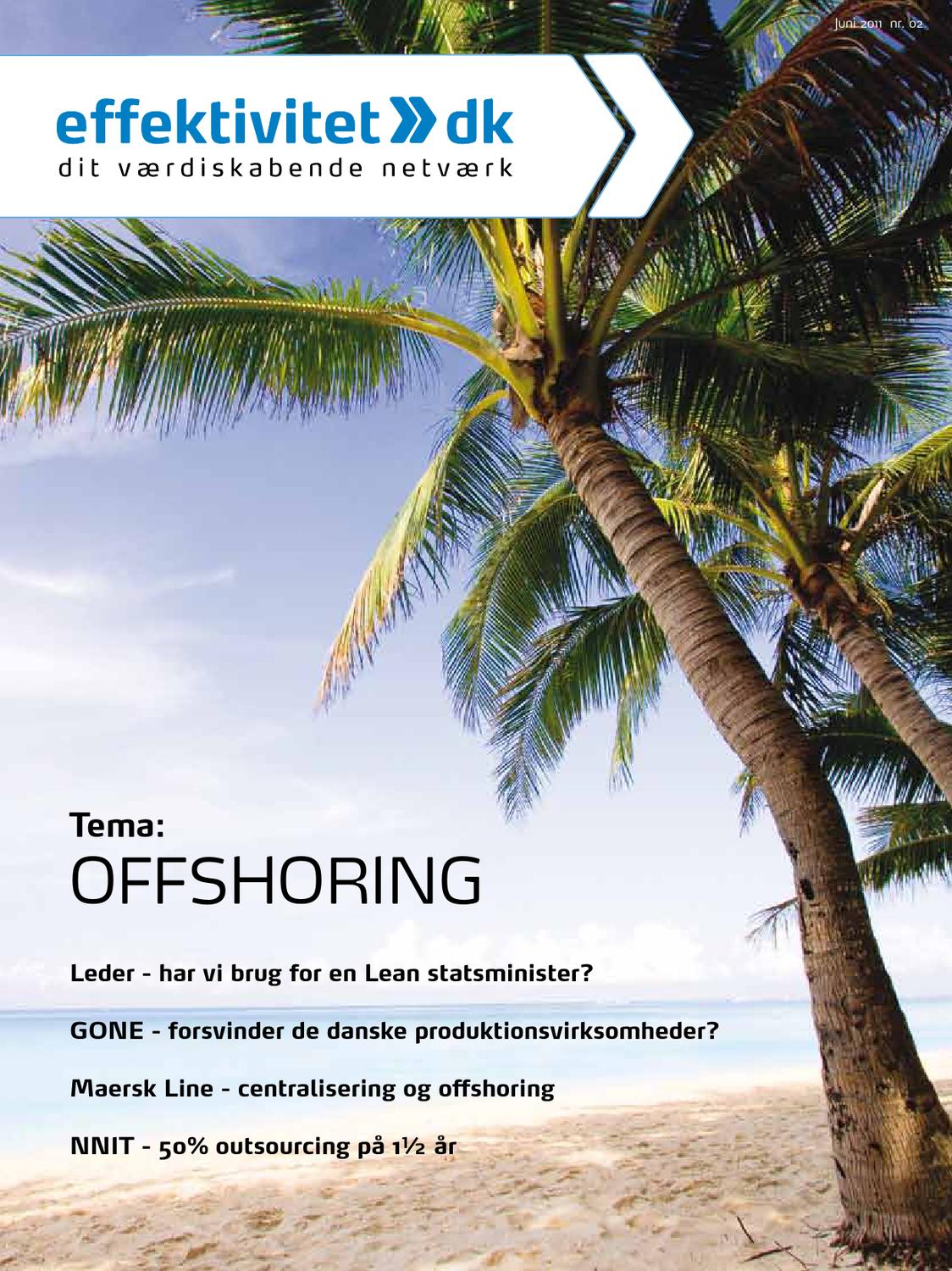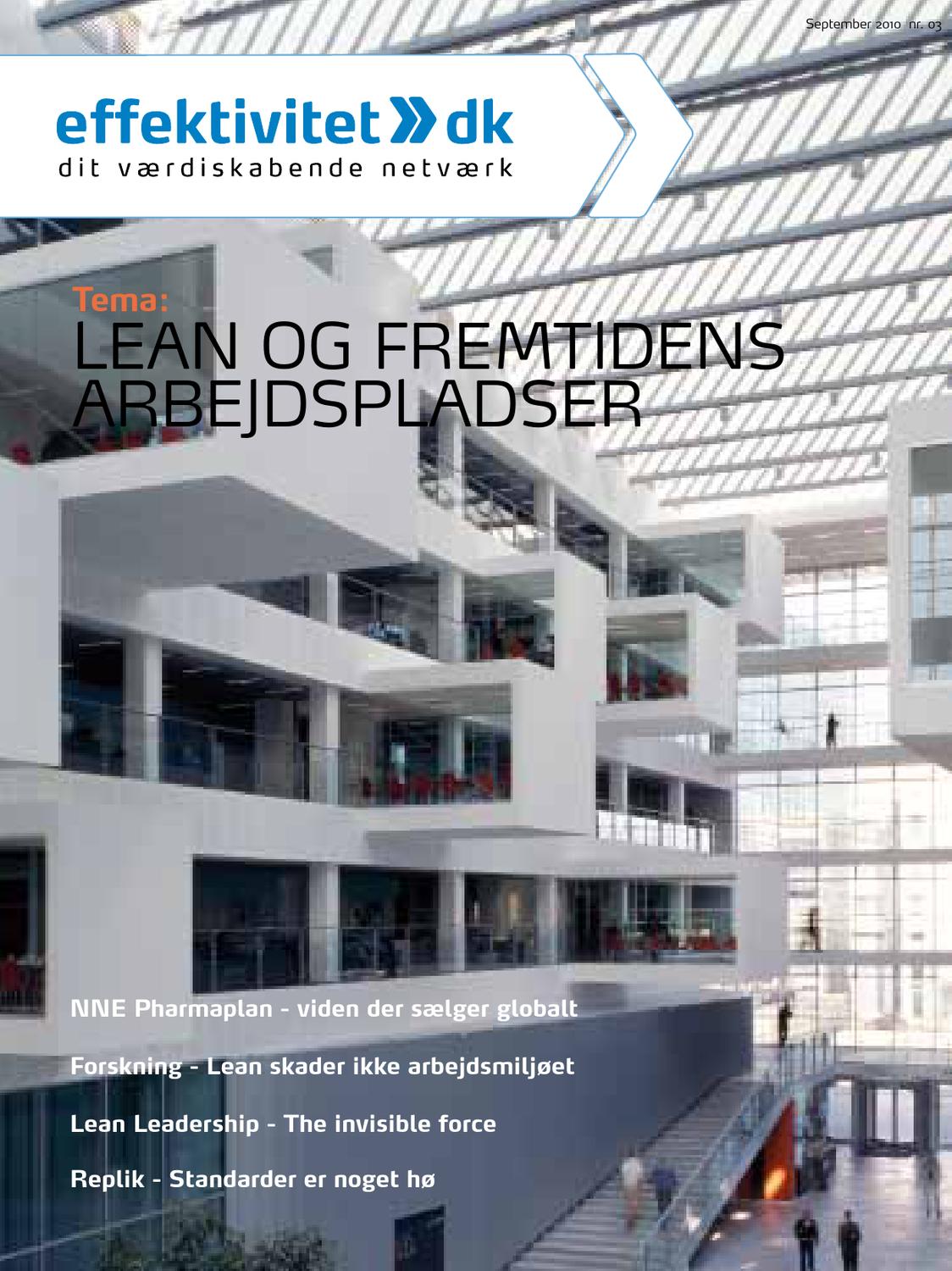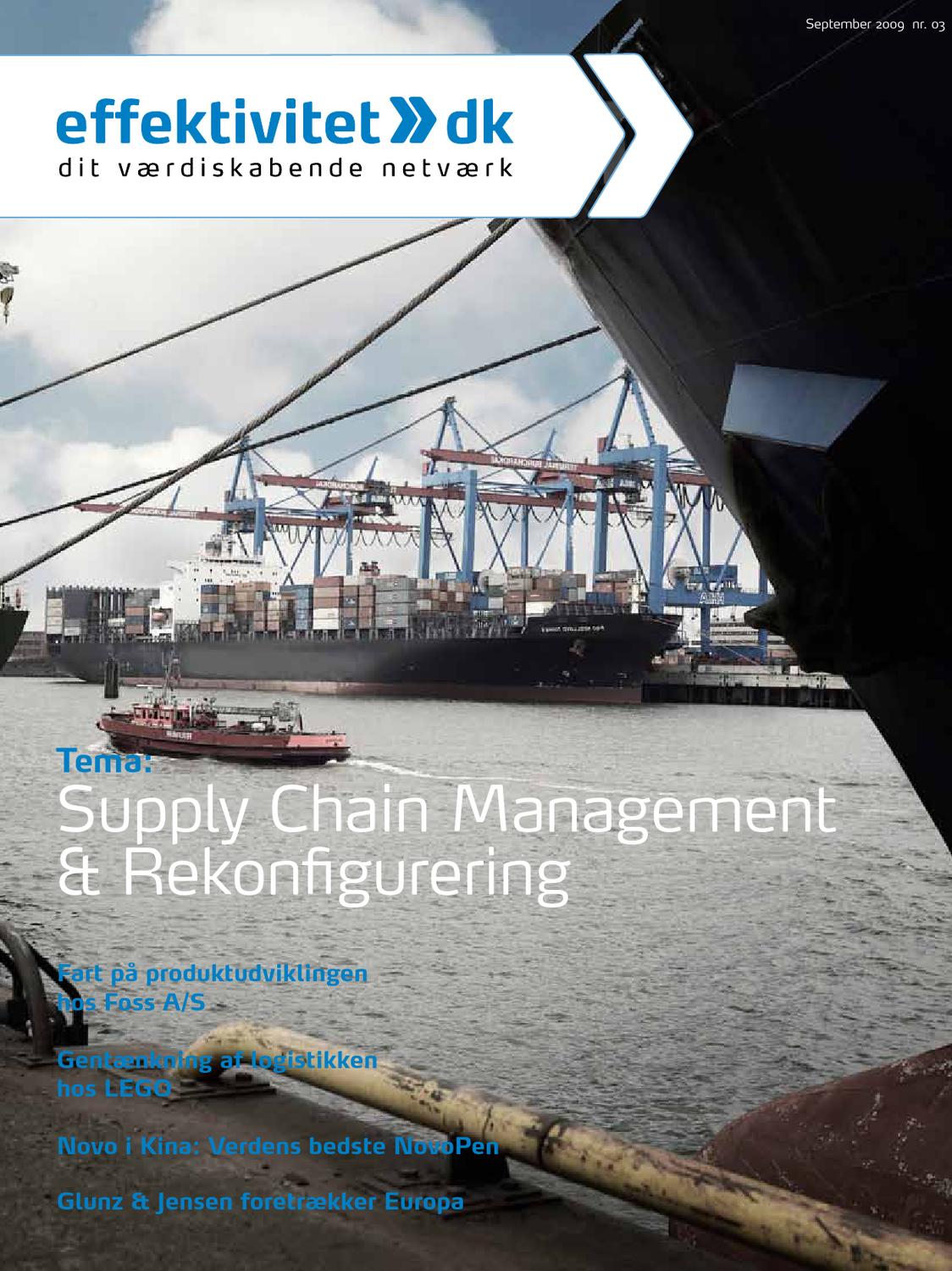Globalisation and ever higher levels of competitiveness means that European manufacturers are under increasing pressure. Imports from emerging economies such as Asia, Russia and Latin America cause a decrease of local production as labour rates and production costs in these countries are lower. Thus, Europe’s manufacturers need to explore new ways to innovate their businesses, create new offerings and stay competitive. One solution is the provision of engineering services where manufacturers support their products through the life cycles. Companies in the healthcare sector, aerospace, maritime industry and electronics have discovered the benefits that offering additional services with their products can have to their businesses and competitiveness. Particularly for complex products such as CT scanners, aircraft engines, surface ship motors and well pumps, through-life support can create important business opportunities.
Characteristics of a successful organisation design to provide PSS?
Organisation design needs to incorporate the factors outlined in the so-called star model. The star model was developed in the 1970s and has since been applied and adapted to describe why some companies are successful where others fail. It highlights the importance of aligning structure, processes, rewards and people to develop organisational capabilities needed to fulfil the strategic goals as illustrated in Figure 1. We use this model to present the insights from a successful Danish provider of PSS. This will show the difficulties that can arise when changing from being a traditional manufacturing company that sells products to being a provider of PSS.
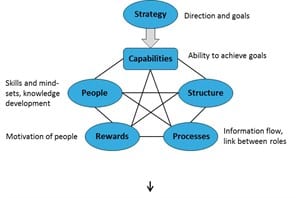
Figure 1 – The star model (adapted from Kates & Galbraith (2007): Designing dynamic Organizations)
Findings from a Danish PSS provider
We use the star model to present the organisation design of a successful Danish PSS provider. The provider was chosen based on their excellent performance, good reputation and strategic orientation towards providing engineering services with their products. Their customers are businesses themselves who offer services to consumers. To obtain the findings, we interviewed their staff including service managers, service engineers, invoice administrators as well as their customers. In addition, we looked at service contracts, reports and communications. This gives a comprehensive picture of the global business environment, organisation design with regard to strategy, capabilities, structure, processes, rewards and people, and performance.
Global business environment
The business conditions for the PSS provider have changed significantly over recent years and decades. Competition has increased through opening markets within the European Union but also through increasing impacts of globalisation. More competitors offer their products and engineering services on the market. In addition, the products’ life cycles receive increasing attention from the customers. Information about operation and maintenance cost including expected life cycles and product performance are usually requested by the customers before deciding which product to buy. This means that manufacturers do not only compete on product specifications and price but also on life-cycle considerations such as service price and through-life support.
The products themselves have become more and more complex and have higher technical specifications. It is “better, more expensive and more demanding to use” (customer of the PSS provider). In addition, the customers of our PSS provider have experienced an increase in regulations with regards to equipment safety and process quality. This means that customers need to provide higher-quality services to their customers. Thus, they have an increasing need for support in using and maintaining their equipment.
Strategy and capabilities
Our PSS provider sees engineering services as a central part of their current and future offerings. Services ensure long-term profits and complement the product-focused part of the business strategy. Another aim of providing engineering services is “that the customer can run their systems”. In other words, offering PSS means that the customer can focus on their core business which is providing services to consumers. Thus, PSS offer a win-win situation for both the provider and their customer.
One of the main issues the PSS provider faces is the trade-off between customization and efficiency. Services are very specific to the relationship with the specific customer, in other words, the service differs for the PSS provider with different customers but it also varies for the customer when hiring different PSS providers. As such, an engineering service needs to be customized to the specific customer needs such as their use of the product, their schedules and site processes. On the other hand, competitive forces to reduce cost and improve efficiency mean that the PSS provider should have a standardised ‘fit-all’ approach. This would define for example standards for sharing information with the customer and for inspecting the products. So customization and efficiency are drivers with contradicting implications.
The PSS provider solved this problem by having a standard for service offerings that includes different service modules. These service modules cover a range of service activities from regular inspection visits, spare parts for repairs, telephone support for emergency breakdowns to complete cover for any product failure. From this range of service modules, the customer can then pick the level of service agreement they want. Thus, the PSS provider solved the issue of weighing up customization versus efficiency by using standardised service modules.
To implement this strategy into capabilities that help the PSS provider achieve their goals, the means for close customer relationships have to be created. The customer relationship has to be managed on two different levels. On the one hand are the customers’ decision makers who buy the equipment and service agreements. They are the persons who choose how much money is invested, and which provider to buy from. On the other hand are the operators of the products such as engineers and other users. These define the needs for the support in terms of product functions, amount of use and maintenance services. In the following four sections, we will look at how the PSS provider created the capabilities to manage the customer relationship on these two levels with regard to structure, processes, rewards and people.
Structure
The PSS provider implements customer relationship on two different levels within the organisation structure. They created a new position called key account manager. The key account manager is responsible for the relationship with the customers’ decision makers who decide which product to buy and which level of service agreement to complement this acquisition. The key account managers’ tasks include sales as well as updating the customers on current technological developments, keeping them up to date with ‘what can be done’ with the current and future range of products. This is important to let the customer know what they should ask for in the next product acquisition and to improve the PSS provider’s strategic position.
In addition, the service engineers are encouraged to build and nurture a close relationship to the customer’s engineers and product operators. The service engineers are strategically placed close to the customers as they are distributed geographically across the country. Service engineers have a homeoffice, meaning that they organise their own workload and schedule. This can be characterised as “empowered roles” which gives each service engineer the opportunity to see the goals of their activities instead of simply following orders. They keep some decision-making power with regards to their everyday work. This has important implications for their motivation as we will see in the “Rewards” section.
Processes
Communication between PSS provider and their customers have become more formal, structured and less personal. Over recent years, customers have established positions such as strategic purchasers, technical advisors and a board of decision makers who need to be convinced before purchasing decisions are made. Thus, it is important to align goals between the PSS provider and their customers and work together for the same aim. A close relationship with the customer ensures that a shared understanding is created. This is used to build trust and ensure that problems can be solved cooperatively when they occur. For this, the PSS provider organises regular meetings with their customers. In these meetings, the service agreement is discussed, what is new and what technical issues have occurred. An open communication culture is established with the customer to build a long-term and close relationship.
In addition, the PSS provider establishes a similarly open communication culture within their organisation. Regular feedback sessions on management staff are organised where the service engineers are encouraged to give constructive feedback to their manager. It is the mutual understanding of everyone involved that the aim of these sessions is to make things better and not to point fingers and assign blame. This means that the PSS provider has managed to create an organisation culture where processes are continuously improved and personal shortcomings are solved in collaboration with each other.
Rewards
This open organisation culture is also an integral part of the reward system. Service staff are mostly intrinsically motivated to provide high quality service with good customer care. Thus, the organisation culture should encourage this intrinsic motivation and reward the building of long-standing close relationships. The PSS provider encourages their service engineers to over satisfy customer expectations. This means that they should go on site more often than stated in the service contract so they can help with unforeseen small problems when operating the product and check whether it is working ok.
This means that the service engineers see and understand the issues the customers face first hand which is a great source for their motivation to solve these issues. They are empowered to act on this understanding with their own discretion as described in the “Structure” section. Seeing the goals and being able to make independent steps towards reaching it are great sources of intrinsic motivation for service engineers. As such, the PSS provider manages to create an organisation culture that rewards and motivates their service staff.
People
In engineering services, the staff need to have both technical knowledge as well as inter-personal skills. Products are becoming more and more complex meaning that they can do more tasks. But this also means that they are more and more difficult to operate and maintain. Thus, continuous technical training is important to ensure that service engineers are up to date. The PSS provider puts great emphasis on continuously training their service engineers in technological matters to keep them up to date with current developments and new product lines. Regular courses are offered where the engineers receive service certifications for the specific product type. These certifications need to be renewed on a regular basis to keep up with changes in the product design. In addition, service engineers need to have good communication skills so as “not to offend the customer” (quote from a customer of PSS provider). The PSS provider acknowledges this an important part of the skill set necessary for service provision.
Performance
Aligning the structure, processes, rewards and people with each other to establish the capabilities needed to fulfil the strategy in the light of developments in the business environment ensures company performance – theoretically. Practically, performance is hard to measure or even describe when it comes to engineering services. We chose the PSS provider for our analysis because they are a successful provider of engineering services with a good reputation on the market. However, taking a closer look at performance indicators shows that there are different points that influence a good performance.
One point is the profitability of the services agreements. As described before, a stable and long-term profit is one of the main motivators to becoming a PSS provider. But other points come into consideration as well. To help the customers run their systems means that customer satisfaction is a key part of evaluating service performance. Are their expectations met or even succeeded? Is the product availability ensured? Is the service provided efficiently, promptly including helpful and polite support? And how does the customer perceive the service activities? These are some of the questions that should be asked when looking at service performance. Answering them positively helps to establish long-term customer relationships and ensuring lasting performance.
Conclusions
We discussed the characteristics of successful organisation design when providing PSS. The discussion is summarised in Figure 2. Two points stood out during our investigation. First, it is important to align the parts of organisation design. In other words, strategy, capabilities, structure, processes, rewards and people have to be balanced. Focusing on an organisation structure with the necessary positions for PSS provision but not supporting this with suitable processes and qualified and motivated staff to fill the positions will cause problems. Thus, improvements in the organisation design need to be mirrored by all factors within the star model.
Second, organisation design for a PSS provider is a continuous process. Developments in the business environment have to be monitored and considered when defining and adjusting business strategy. Capabilities, structure, processes, rewards and people have to reflect these adjustments. This has to happen on a continuous basis. A successful PSS provider is a learning organisation where threats are mitigated and opportunities are realised. Internal processes as well as skills and knowledge are continuously improved. This will ensure that the PSS provider is and stays competitive in a globalised world.

Figure 2 – How to design a successful organisation for delivering PSS
Author biographies:
Melanie E. Kreye, PhD, is a Research Fellow at the School of Management, University of Bath, UK and an External Lecturer at the Department of Management Engineering, Technical University of Denmark (DTU). Her research focuses on uncertainty in different industrial and academic areas. These areas include uncertainty management within the relationship between service provider and customer and uncertainty perception in product innovation.
Per Langaa Jensen, PhD, is a Professor at the Department of Management Engineering, Technical University of Denmark (DTU). His research focuses on production management, the management of working conditions, change management, inter-organisational relations and service management. He teaches undergraduates at the department as well as executives at DTU Business. His research has been published in international journals such as Applied Ergonomics and the International Journal of Industrial Ergonomics



